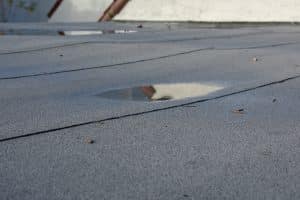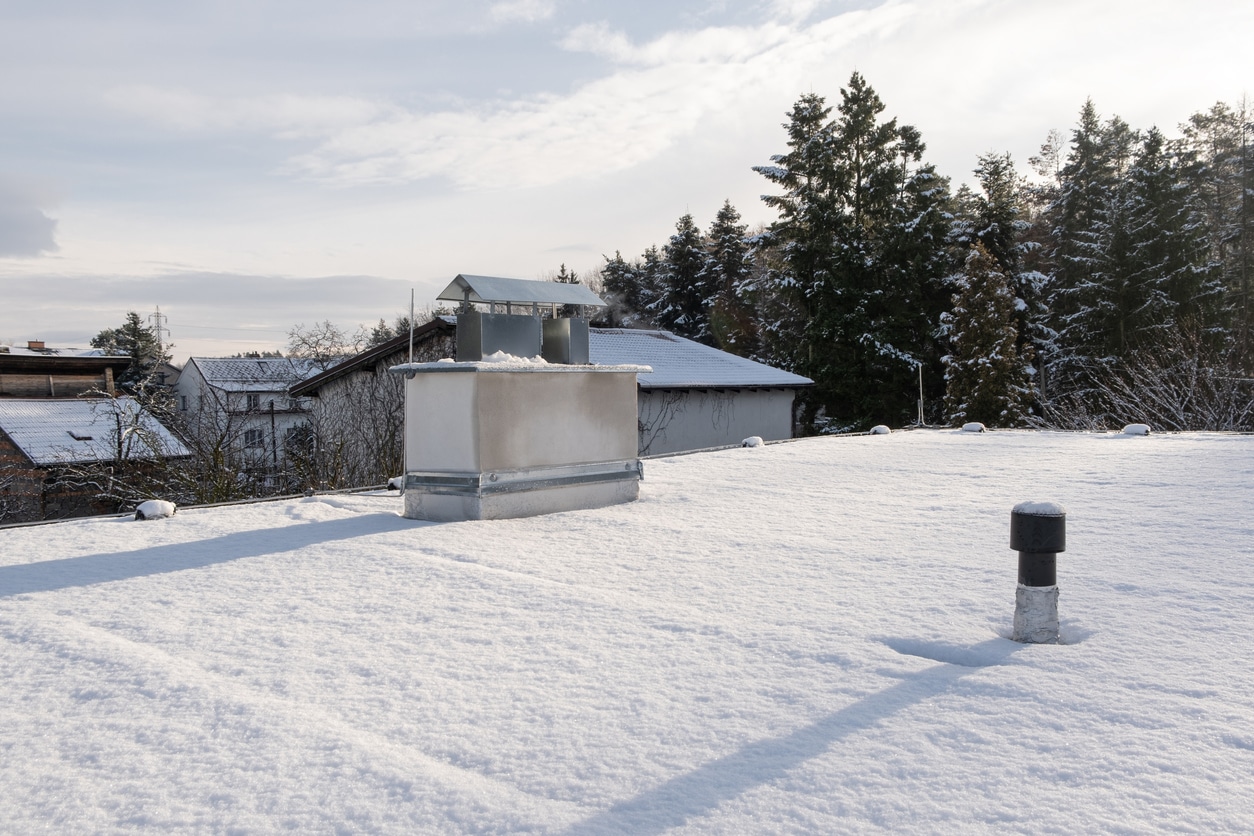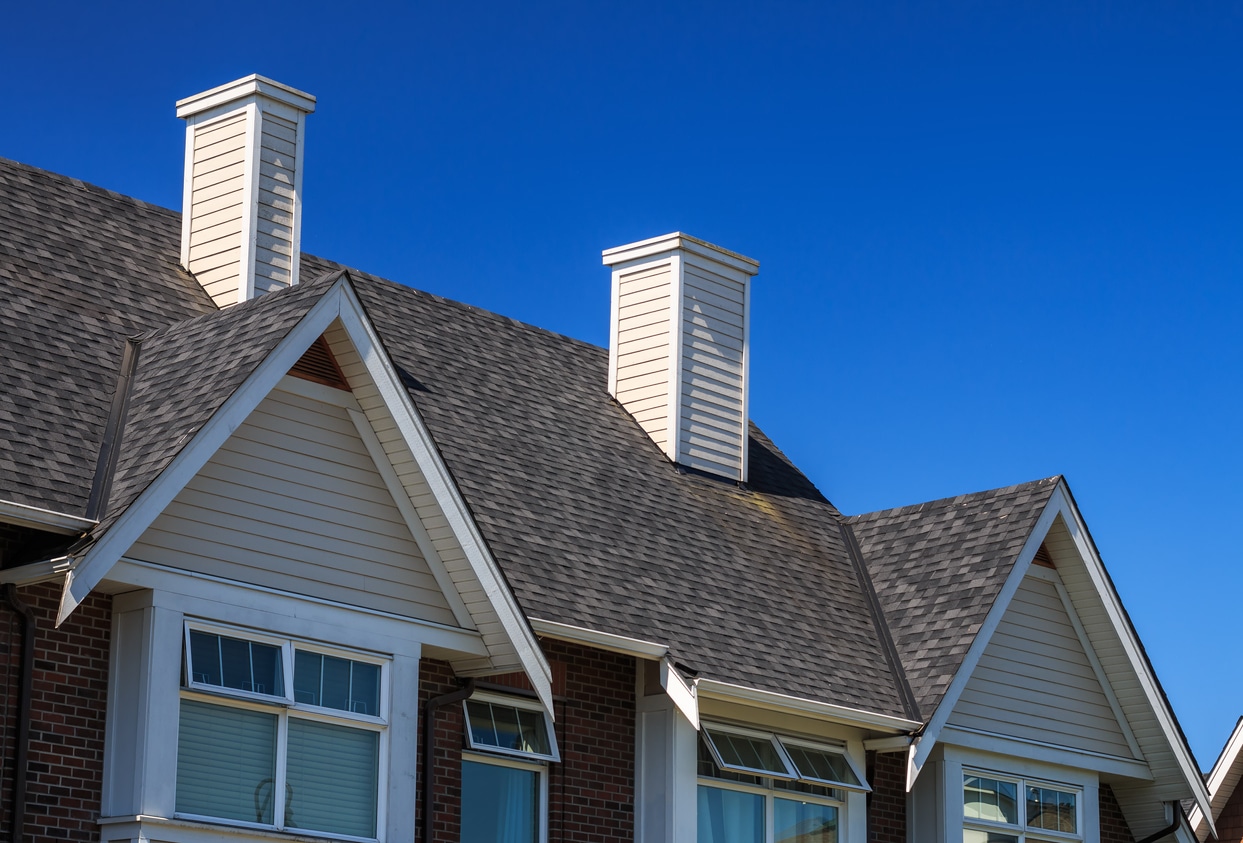Leaks are bound to happen one way or another. No roof is immune to it – even flat roofs. Unlike other types of roof repair in Calgary, flat roofs need a certain approach to tackling leaks. Yet, what can be done? Find out how you can stop your flat roof from leaking here.
What Proper Flat Roof Repair in Calgary Requires
How Leaks Occur
There are plenty of reasons why a flat roof may have leaks. Yet, it’s important to know the factors that can cause leaks to occur in the first place.
Here are a few things that can lead to a leaky flat roof:
- Old Age: A flat roof loses strength from its material deteriorating over time from poor maintenance and rough weather conditions throughout the year. These take a toll and create damages that result in leaks.
- Shoddy Installation: Using the best materials for a flat roof is wasted when installed poorly. They’re vulnerable to weak points from the near non-existent pitch if not done right.
- Pitch Isn’t Right: Calgary is no stranger to heavy snowfall or rain. However, if a flat roof’s pitch can’t effectively shed water or snowfall away, it will cause ponding water – which can deteriorate your roof and cause water damage.
These are just a few of the common reasons leaks can occur. But ultimately, whatever it may be, the only way to handle it is by looking for proper roof repair in Calgary.
What to Do About Leaks
Before tackling the leaks, it’s important to consider the material of your flat roof and its severity. When any leaks occur, it’s best to call a professional to fix them. Yet, until you can get them to do so, you can use a flat roof sealant as a temporary fix. It’s a waterproofing paint that’s easy to apply, but don’t do so if you have multiple sources of leaks across a wide area. Trying to do so is inefficient and leads to more issues later.
Another good reason to have roofing experts handle flat roof leaks is because of the various kinds of roofing material. They’re familiar with repairing many different ones since they all require individual fixes.
Here are the following types of flat roofing material:
- Fibreglass (GRP)
- Rubber
- Felt
- Concrete
How to Prevent Future Leaks
Knowing what causes leaks and how to fix them is important. However, what’s just as important is learning how to prevent future leaks. Once you know how to avoid leaks, it can help save you time and money.
Check out what you can do for prevention here:
- Inspect your roof twice a year
- See how your roof is after any harsh weather (e.g. heavy snow, rain, or hail)
- Check gutters for clogs & clean them
- Have flashings installed
- Replace your flat roof
There are just a few measures you can take. By making a proactive effort with these tips, you can prevent leaks from happening in the future.
Active Exteriors has one mission: to provide the highest quality roofing in Calgary at competitive prices while satisfying our customers’ needs. We have established ourselves as Calgary’s go-to roofing contractors through our industry-setting levels of professionalism, integrity, and fairness. Offering roof replacement and repairs, siding repairs, installation and exterior renovations in Calgary is not just a job for us; its a matter of pride. You’ll experience workmanship that is well worth the value and will transform your property. Contact your trusted roofing company in Calgary at 403-717-0515.








